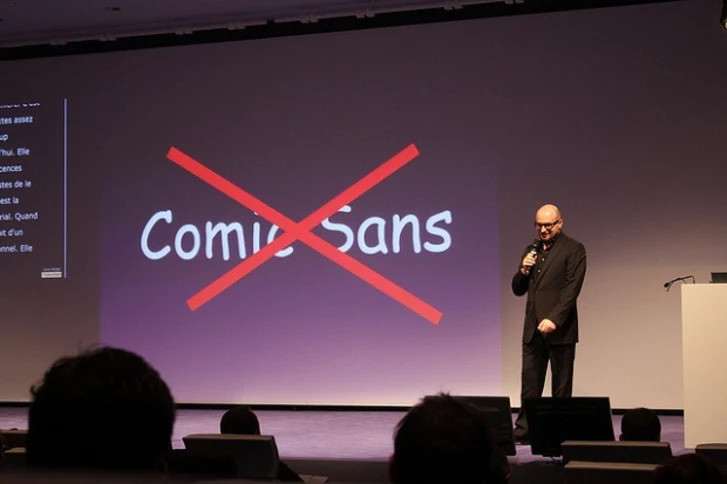It’s not unusual to regret one’s actions; in my life, it’s a semi-regular occurrence. But how many people actually come to regret their inventions? You might be surprised.
One invention we’d all be better off without is the atomic bomb. Two of the principal figures in its creation were Albert Einstein and J. Robert Oppenheimer. The bomb’s development started with a letter from Einstein to President Franklin Delano Roosevelt encouraging him to support research into nuclear chain reactions and thus to the development of a weapon. Einstein’s motivation was the fear that Germany was conducting the same research. When, after World War II, it was realized that the Germans had not given nuclear research such a high priority, Einstein regretted the letter: “Had I known that the Germans would not succeed in producing an atomic bomb, I would have never lifted a finger.”
As director of the Los Alamos Laboratory, Oppenheimer is credited with the bomb’s invention. He too had some regrets: “I have no remorse about the making of the bomb… As for how we used it, I understand why it happened and appreciate with what nobility those men with whom I’d worked made their decision. But I do not have the feeling that it was done right. The ultimatum to Japan [the Potsdam Proclamation demanding Japan’s surrender] was full of pious platitudes. …our government should have acted with more foresight and clarity in telling the world and Japan what the bomb meant.”
Closer to everyday life is the office cubical. It was the brainchild of Bob Propst, a 1960s consultant for furniture maker Herman Miller. The intent was to give office workers a more flexible environment. But after seeing his creation become wildly popular, Propst had a change of heart: “The cubiclizing of people in modern corporations is monolithic insanity.”
Regret can occur for the most mundane details of daily life. For example, the font Comic Sans was designed by Vincent Connare as a replacement in speech bubbles for the Times New Roman font. Its target audience was children, but it became so overused its now ridiculed. Connare is striving to find the right balance: “If you love it, you don’t know much about typography. If you hate it, you really don’t know much about typography, either, and you should get another hobby.”

There’s a lesson in all of this, but I’m not sure what it is.
Taken from “10 Inventors Who Came to Regret Their Creations” by Kenny Hemphill (https://getpocket.com/explore/item/10-inventors-who-came-to-regret-their-creations)
